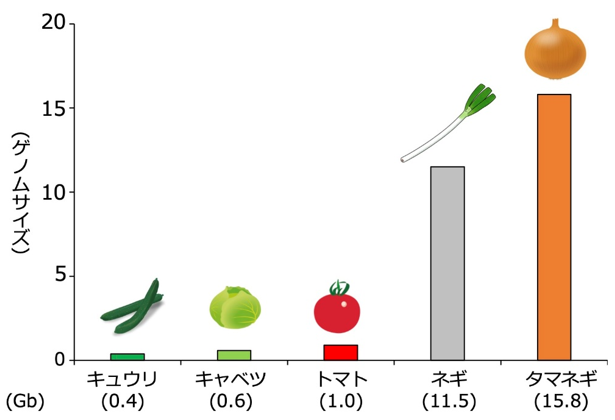電波望遠鏡「アルマ」による「いて座A*」ブラックホール近傍のホットスポットの発見 Researchers discover a hot spot near the black hole Sagittarius A* with the radio telescope ALMA
2022-09-022 マックス・プランク研究所

アタカマ大型ミリ波サブミリ波干渉計(ALMA)を用いて、銀河系の中心にあるブラックホール「いて座A*」の周りを回る「ホットスポット」の兆候を発見した。
フレアは、「いて座A*」のすぐ近くを回る高温のガスの磁気的な相互作用に起因すると考えられてきましたが、今回の研究結果はこれを裏付けるものである。
このフレアの起源が磁気的なものであることを示す強い証拠が得られ、また、この観測によって、フレアのプロセスの形状を知る手がかりが得られた。
研究チームは、アルマ望遠鏡観測と理論モデルを用いて、「いて座A*」の周りの磁場を含む、ホットスポットの形成とその環境について詳しく調べた。この研究により、磁場の形についてこれまでの観測よりも強い制約が与えられ、ブラックホールとその周囲の環境がどのようなものであるかが明らかにされた。
GRAVITYとALMAのデータから、このフレアはブラックホールを中心に光速の約30%で上空を時計回りに旋回するガスの塊から発生し、ホットスポットの軌道はほぼ真横であることが示唆された。
<関連情報>
- https://www.mpg.de/19276597/gas-bubble-saggitarius-a?c=2249
- https://www.aanda.org/articles/aa/full_html/2022/09/aa44493-22/aa44493-22.html
射手座A*付近の軌道運動.アルマ望遠鏡の偏波観測による制約条件. Orbital motion near Sagittarius A*. Constraints from polarimetric ALMA observations
M. Wielgus, M. Moscibrodzka, J. Vos, Z. Gelles, I. Martí-Vidal, J. Farah, N. Marchili, C. Goddi and H. Messias
Astronomy & Astrophysics Published:22 September 2022
DOI:https://doi.org/10.1051/0004-6361/202244493

Abstract
We report on the polarized light curves of the Galactic Center supermassive black hole Sagittarius A*, obtained at millimeter wavelength with the Atacama Large Millimeter/submillimeter Array (ALMA). The observations took place as a part of the Event Horizon Telescope campaign. We compare the observations taken during the low variability source state on 2017 Apr. 6 and 7 with those taken immediately after the X-ray flare on 2017 Apr. 11. For the latter case, we observe rotation of the electric vector position angle with a timescale of ∼70 min. We interpret this rotation as a signature of the equatorial clockwise orbital motion of a hot spot embedded in a magnetic field dominated by a dynamically important vertical component, observed at a low inclination ∼20°. The hot spot radiates strongly polarized synchrotron emission, briefly dominating the linear polarization measured by ALMA in the unresolved source. Our simple emission model captures the overall features of the polarized light curves remarkably well. Assuming a Keplerian orbit, we find the hot spot orbital radius to be ∼5 Schwarzschild radii. We observe hints of a positive black hole spin, that is, a prograde hot spot motion. Accounting for the rapidly varying rotation measure, we estimate the projected on-sky axis of the angular momentum of the hot spot to be ∼60° east of north, with a 180° ambiguity. These results suggest that the accretion structure in Sgr A* is a magnetically arrested disk rotating clockwise.



